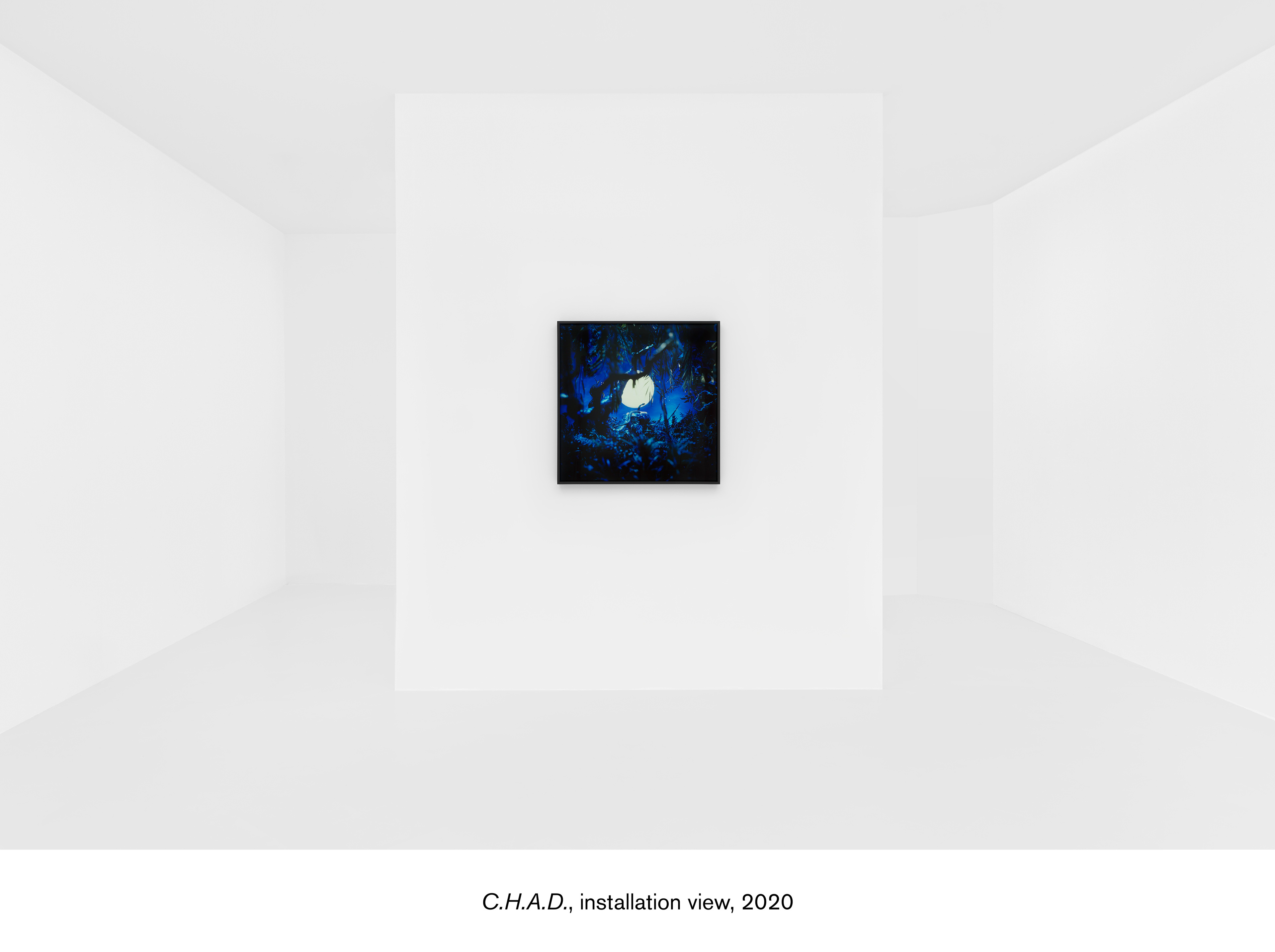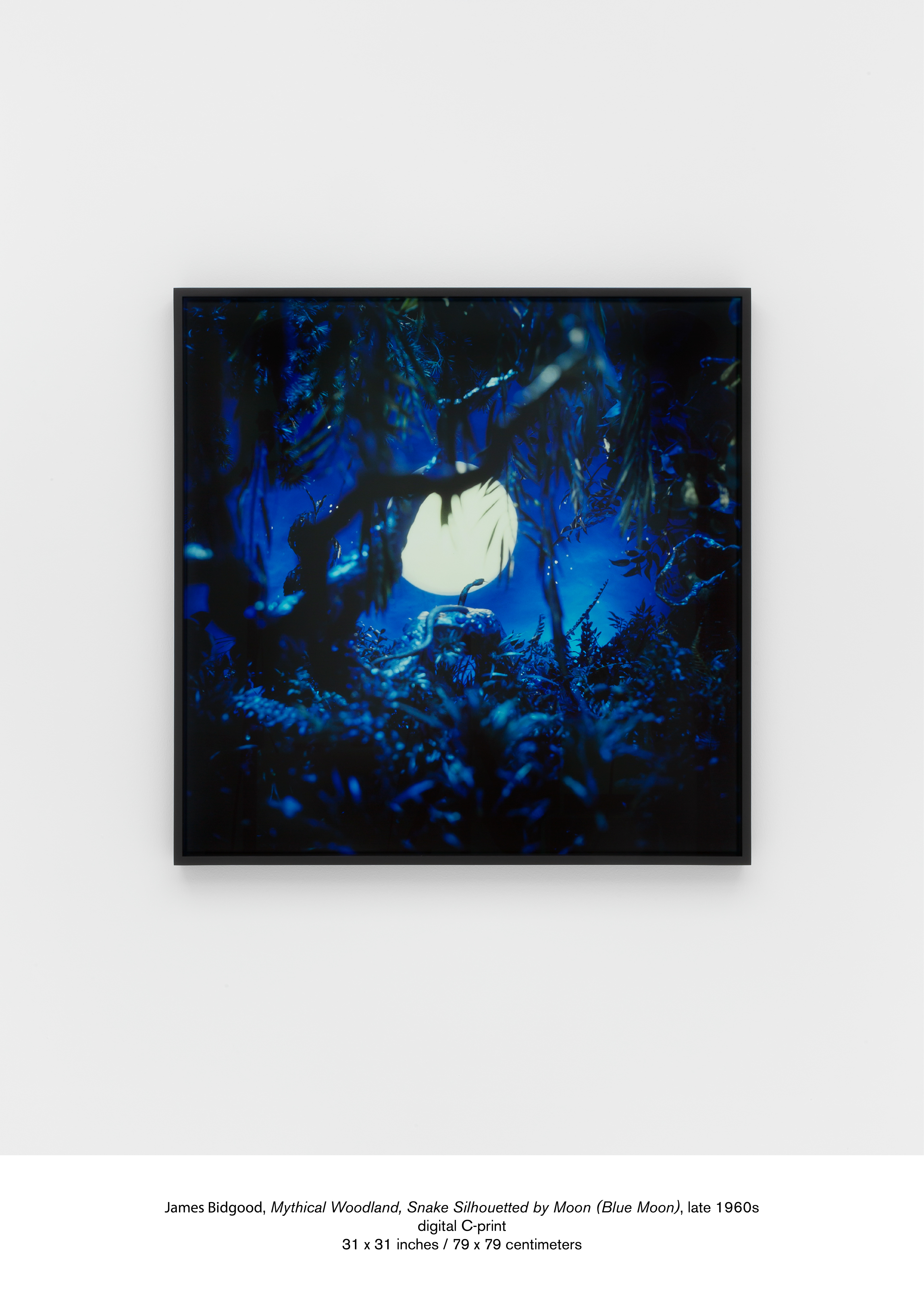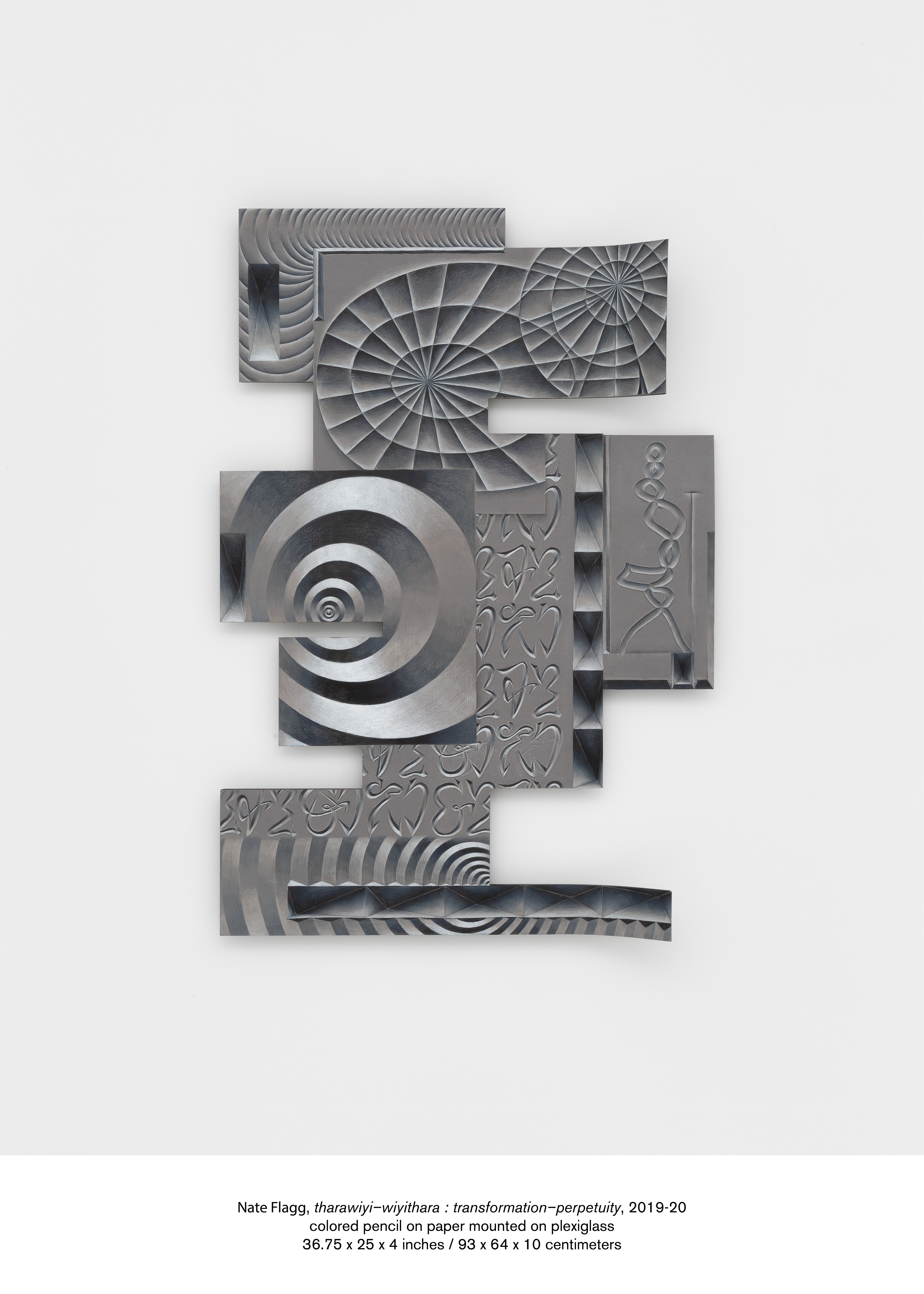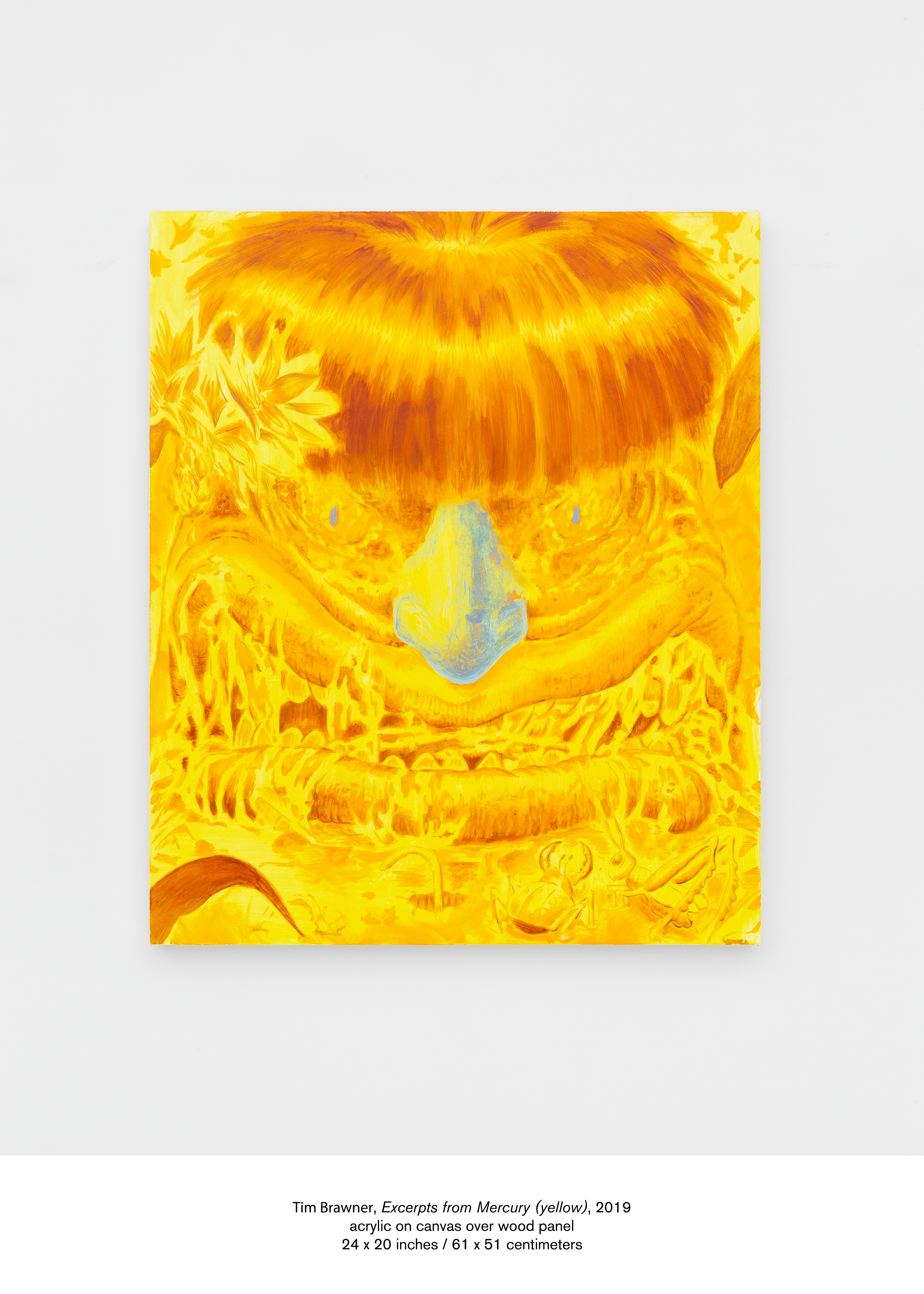


















ASHES/ASHES is pleased to present C.H.A.D., a group exhibition featuring James Bidgood, Tim Brawner, Nate Flagg, and Madeline Kuzak. The exhibition will be on view February 28 – April 5, 2020, with an opening reception Friday, February 28th, from 6–8 PM.
In the field of epidemiology there is a ratio called the “20/80 rule”: a generally held relationship between parasite/host in which 20 percent of the infected spread 80 percent of the infections. In other words, where epidemiology creates a distinction between an ‘inside’ – a human body – and an ‘outside’ – the infectious disease; it carries with it the implied permeation and inevitable collapse between the two.
From this standpoint, epidemiology can be seen as a sad model for society and the arts: much like disease, there is an exclusive group who provides, or spreads, visibility and patronage via the aristocracy, and a teeming majority who are, while loath to admit it, resentful of their relegation onto the other side of the relationship. This resentment is of no consequence however because from the perspective of a patron the relegated mass is a wealth, a resource, from which the correct art is determined, separated, and extracted — commodification (social or otherwise) quickly following. These determinations are vouchsafed as qualifiers in a societal meritocracy, though for our purposes we can understand ‘merit’ as an individual’s capacity to successfully navigate a type of nepotism, so equally this society can be called a nepocracy. There may be no difference. Either way, artists act as a membrane between upper/lower class. All this is common knowledge: a class society only functions when that membrane is in place and classes do not mingle. It is a hierarchy and its shape is fixed like this △.
This process of extraction is something like puzzle solving in that the meaning of art is cultivated through interpretation, and when cultivated correctly the meaning of any such art is rewarding (see: convenient), yet more importantly, its interpretability reaffirms power. So while there are always inaccessible depths to artworks no matter how flat they seem, when those depths are plumbed power often recoils. Something that holds too much meaning is messy and a mess you can’t clean up is dangerous, even toxic – it exceeds the 20/80 ratio, permeates the membrane, and engulfs any attempts at relegation. To prevent this, the preferred art is stable, normative, and inert. What is sought out is a meaning that is radical enough, but not monstrously so. However, like epidemiology, within this attempt at stabilization there is the oppression of an inevitably toxifying excess. That within the depths of an object there is not so much the embodiment of non-meaning, but by dint of its existence the implication of an inaccessible mass of meaning, or a non-meaning-for-you: the Occult. The inherent oppression is a form of live burial that forebodes an immanent return; a return that morphs and flaps and slithers and twists with the spidery webs of secret languages. It moves in an upended snaking direction shaped like this ▼.
Between artists there has always been information passing from one to the other, sometimes without words at all. A system of encryption is known by a select percentage and transferred to those deemed susceptible and qualified to carry it through an underground network of craft, whispers, and filigree — subverting the totality of a hierarchy, ungrounding it; a zone where underworld gradually creeps in and out, infecting the very ground upon which power is constructed.
– Ellis von Sternberg
James Bidgood (born 1933; Madison, WI) lives and works in New York, NY. He received his BFA from the Parsons School of Design (New York, NY). Recent exhibitions include: James Bidgood: Reveries, curated by Lissa Rivera, Museum of Sex (New York, NY); Sex Crimes, co-curated by Greg Ellis and Brian Paul Clamp, ClampArt (New York, NY); Photography After Stonewall, co-curated by Larry Davis and Bill Travis, Soho Photo Gallery (New York, NY); James Bidgood, Galerie Koll and Friends (Berlin, DE); Pink Narcissus: James Bidgood & John Maybury, Galleria Lorcan O’Neill Roma (Rome, IT).
Tim Brawner (born 1991; Omaha, NE) lives and works in New York, NY. He received his MFA in Painting/Printmaking from Yale Schoool of Art (New Haven, CT) and his BFA from Nebraska Wesleyan University (Lincoln, NE). Recent exhibitions include: Only When You Are Called, Green Gallery, Yale School of Art (New Haven, CT); Sometime Come the Mother, Sometime the Wolf, Union Pacific (London, UK); Tim Brawner and Michael Caudo, PAGE (NYC) (New York, NY).
Nate Flagg (born 1989; New York, NY) lives and works in New York, NY. He received his MFA in Painting/Printmaking from Yale School of Art (New Haven, CT) and his BA in Anthropology from Reed College (Portland, OR). Recent exhibitions and performances include: The Language Invention Workshop, Foxy Production (New York, NY); EARW6RM, Secret Project Robot (Brooklyn, NY); MANIFOLD, BronxArtSpace (Bronx, NY).
Madeline Kuzak (born 1993; Detroit, MI) lives and works in Detroit, MI. She received her BFA from Wayne State University (Detroit, MI). Recent exhibitions include: We’ve Always Been Here, SOUTHFIELD (Southfield, MI); Limited too, in lieu (Los Angeles, CA); people moving through things and things that make people move, curated by Ethan R. Tate, Kate’s Little Angel (Los Angeles, CA); perception is more important than reality, curated by Dylan Spaysky, Greenroom Gallery (Detroit, MI).
